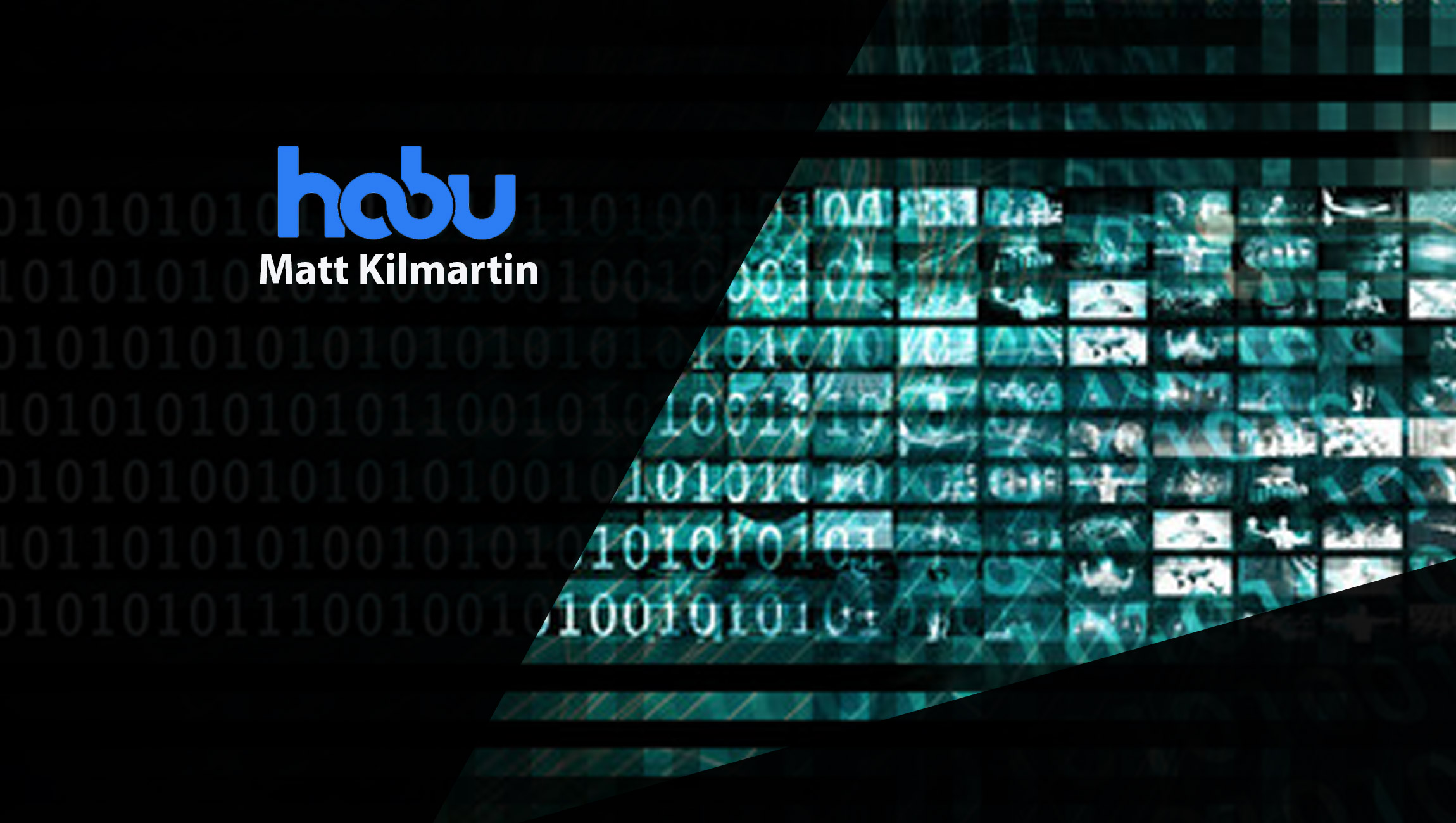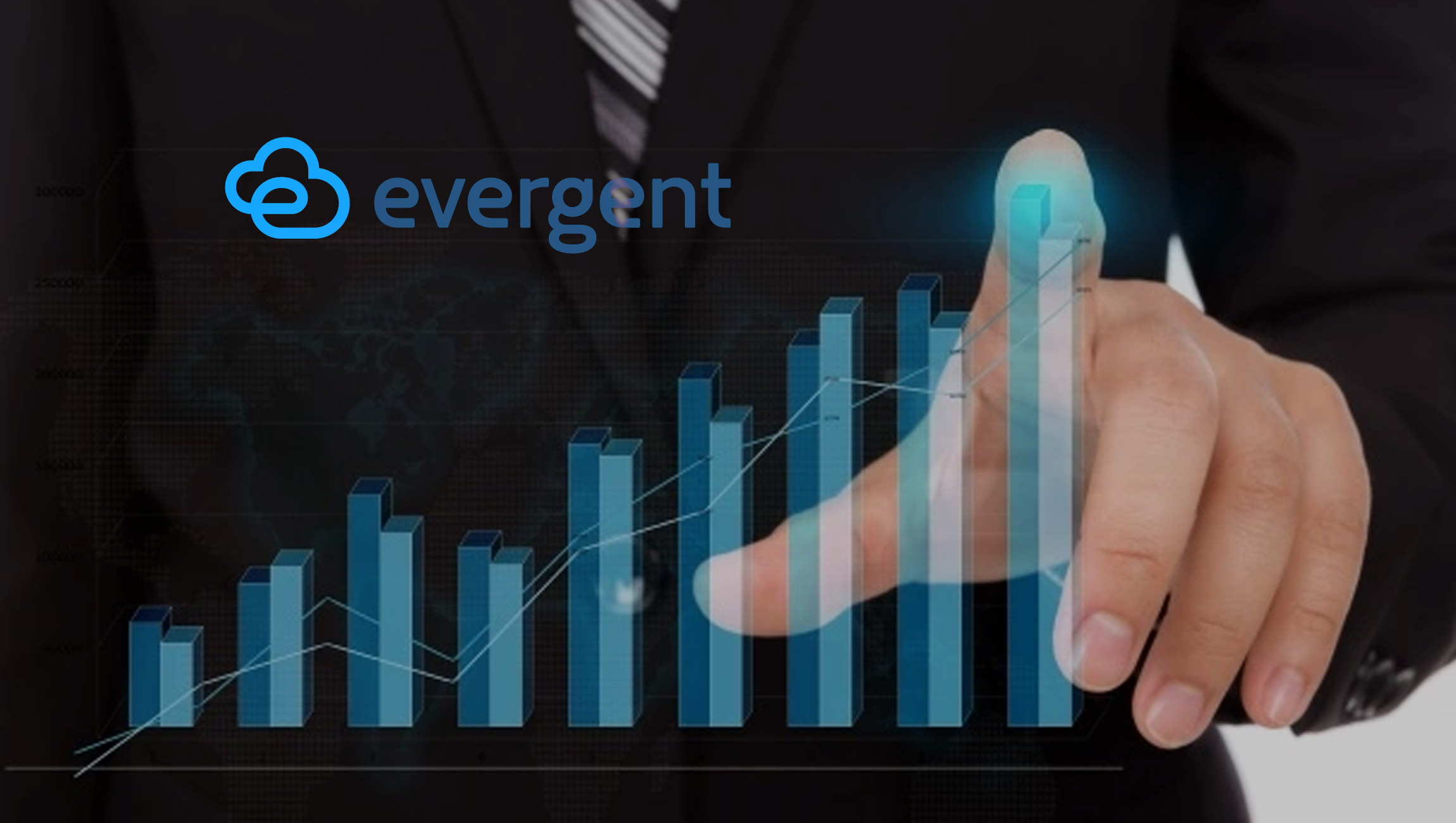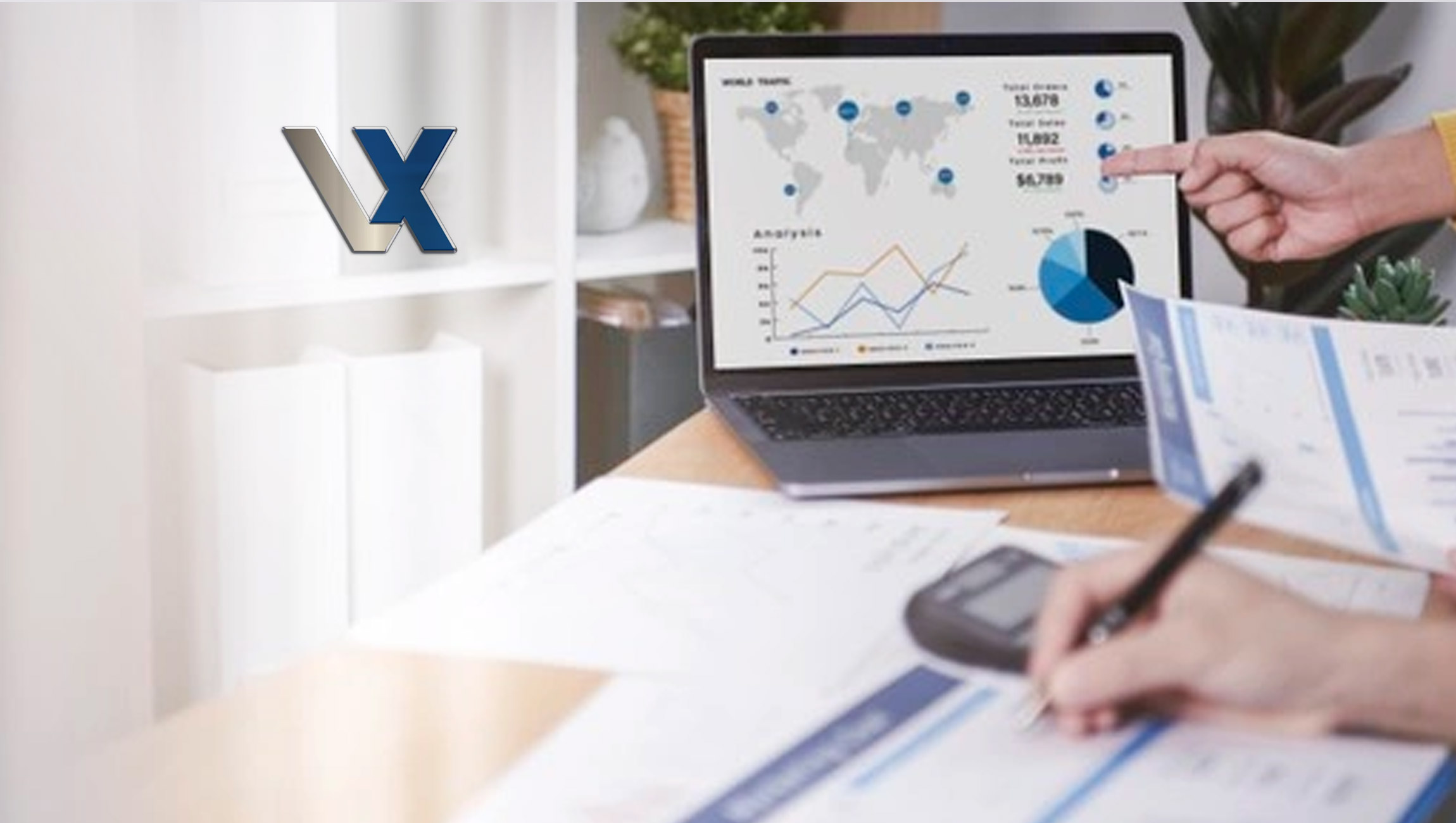Now that third-party cookies are going the way of the rotary phone, Marketing, Technology and Data Executives are looking for alternative methods to use their customer data in fully privacy centric ways. Data clean rooms have emerged as a viable solution for delivering data-driven outcomes.
Not surprisingly, this has led to a plethora of vendors purporting to offer clean room solutions. But it has also led to an equal number of myths with regards to what data clean rooms can and cannot do. It’s time to debunk those myths so that companies can get on with the business of making smart, data-driven choices.
Myth #1: Data clean rooms are only useful to big brands with ample first-party data
While it’s true that the clean room adopters discussed most frequently in the press are Fortune 500 companies with massive volumes of first-party data, there are plenty of other types of companies with little to no such data that are also putting them to good use.
The decision to stand-up a data clean room is driven solely by the business outcomes you want to achieve, and the values each partner holds with regards to collaboration. It’s not necessary for both partners to have first-party data. CPG companies are fantastic candidates for data clean rooms and many are using them today to tap into rich datasets from retailers and other partners that are not available outside of clean room environments.
At the end of the day, data clean rooms allow two parties to securely collaborate, while maintaining full control of their data, in a way that is mutually beneficial to both.
Marketing Technology News: MarTech Interview with Rajesh Jain, Founder and Managing Director at Netcore Cloud
Myth #2: Clean rooms aren’t necessary if a brand has a DMP or CDP
No doubt that a brand’s first-party data is a highly valuable asset, and you should absolutely invest in it. Data clean rooms don’t replace data management platforms (DMPs) or customer data platforms (CDPs), they serve another purpose: empowering companies to collaborate with key partner datasets in a secure and protected way that has not been possible before. It’s worth noting that some CDPs and DMPs say they offer clean rooms, but their capabilities are limited to basic audience overlaps in their ecosystems.
Data clean rooms let brands connect their first-party data with a partner’s datasets wherever the data resides, in privacy-compliant ways to capture greater signals, power advanced insights, and improve measurement to produce better data-driven outcomes. For instance, the Weather Channel’s data revealed significant uniformity in how people in particular regions react when the weather changes in a predictable way. The publisher was able to work with retailers and CPG companies to create better fulfillment algorithms — insight these brands could not glean using their first party data only.
Here’s another example: brands that opt to advertise on Disney properties will obviously bring their own first-party data for targeting purposes. But Disney’s new clean room solution allows advertisers to run their data against their extensive library of first-party segments for pre-planning insights, activation and cross-portfolio measurement purposes. In this use case, the first-party data within the advertisers CDP compliments Disney’s first-party within Disney Select to unlock value and drive business growth.
Myth #3: Data clean rooms are so complex that only data scientists have the skillset to use them
This may be true of the early incarnations of data clean rooms but it’s not the case anymore. There’s a long history of sophisticated technology with a proven track of becoming more accessible to everyday users.
Look no further than the development of CRM software or any application software for that matter. They all live on top of databases yet business users can’t rely on database admins to access the data and script out different functionality.
Data clean rooms are following the same trajectory. Clean room functions, traditionally used by data scientists, are transforming into applications in no code or low code environments where results can be consumed via a UI, enabling data analysts as well as everyday users to leverage the technology and understand the outcomes of collaborating on two datasets.
Am I suggesting that everyday users will become as proficient as data scientists, thereby eliminating the need for people with degrees in data science? No, there will always be questions that require their skill to answer. But I do see a range of use cases that are highly repetitive, and therefore prime for automation, leading to self-service. Data scientists are then freed up to tackle the most advanced use cases and pressing challenges.
The best clean room solutions are built for both data scientists & business users. They are flexible and customizable for the data scientists and automated with packaged use cases for the business user.
Marketing Technology News: MarTech Interview with Jeff Lortz, CEO at Creator by Zmags
Myth #4: Collaboration partners must be customers of the same platform to leverage the clean room
This simply isn’t true of all data clean room providers. In order for the industry to provide the most value, data clean rooms should empower the owner to invite any partner they wish to collaborate within their clean room environment.
Limiting partners means the clean room owner is missing out on a treasure trove of collaboration opportunities. In order to maximize your opportunities you need a clean room solution that provides you the flexibility to partner with anyone you’d like to collaborate with.
Myth #5: Data clean rooms are limited to advertising applications
Audience overlap use cases are one of the most common applications of clean rooms discussed in the press, but there are numerous use cases and applications that clean rooms offer that go well beyond advertising.
For instance, a CPG company may have machine-learning models that predict how certain events, such as weather, affect product usage. In this use case, the clean room will allow the brand to run its model against a retail partner’s POS dataset with neither party seeing the data or model, but both benefiting from the output of the results.
Clean rooms have allowed PepsiCo to look towards the future, by enabling the company to “tap into a broad array of consumer interests and explore the potential catalysts for consumers to behave or interact differently,” Vikram Somaya, Chief Data and Analytics officer at PepsiCo told a reporter at Consumers Goods Technology.
I can’t emphasize this point enough: clean rooms allow people to collaborate on datasets based on a set of rules established upfront. For example, NBCUniversal invites its trusted partners to run “restricted, permissioned queries across the two data sets without exposing any underlying personally identifiable information.”
More than meets the eye
It’s important to debunk the myths. Data clean rooms have broader applications than most companies realize. Adoption and use cases from leading brands like PepsiCo, NBCUniversal and Disney are proof that clean rooms aren’t an exotic technology; they are a privacy safe approach to collaborating with your most strategic partners. They empower companies to unlock new data and insights not possible before so they can better understand the consumer, develop products to meet their needs, and drive growth for their business.
Marketing Technology News: MarTech Interview with Mike Myer, CEO & Founder at Quiq











